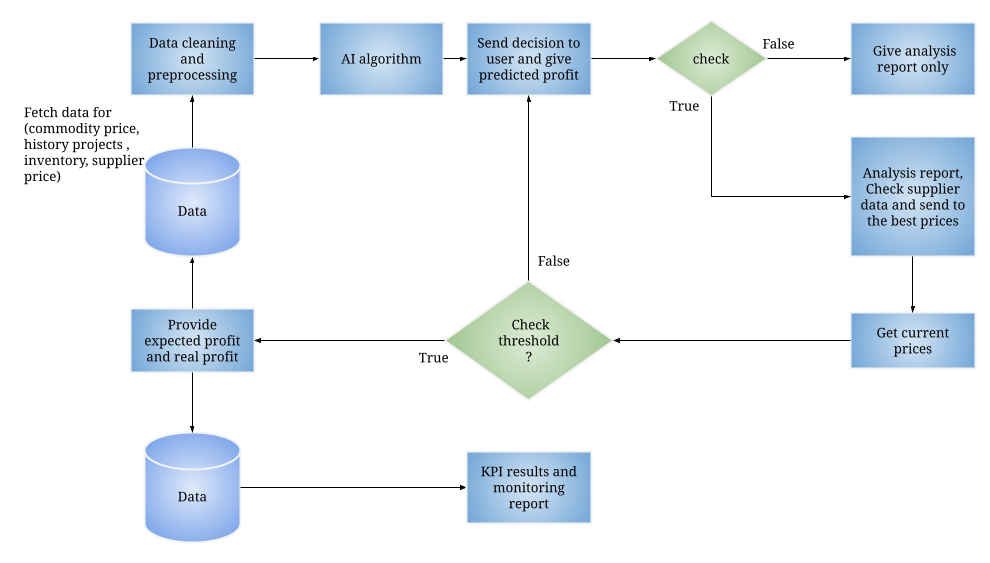Many scholars and industry leaders have designated expert systems as an AI discipline. So what does expert systems refer to as an AI discipline?. [Lucas and Van Der Gaag, 1991] in their book Principles of Expert Systems, defined expert systems as “systems which are capable of offering solutions to specific problems in a given domain or which are able to give advice, both in a way and at a level comparable to that of experts in the field.” Based on this definition the introduction of AI is the expert in the subject matter. With the accurate design and data availability the AI algorithm designed can learn and evolve to be the expert. This argument would lead to the implementation of machine learning which is considered as an another discipline of AI. Machine learning algorithms are divided into three categories (supervised learning, unsupervised learning and reinforcement learning). Supervised learning is a method where the machine learns from labeled data. In other words, the correct answer is already an input to the algorithm and the algorithm will approximate a function that can predict the correct answer given the input data as a question. Unsupervised learning is a way to reproduce the input data in a different form or shape and try to identify patterns or other related specifications about the data that the human can’t identify by simply looking at the input data. Reinforcement learning is a method where only a reward function is designed and no knowledge about the environment, input data or the correct answers are given to the machine. The machine will learn through trial and error with the objective of maximizing the reward function.
Expert systems can include one or more machine learning algorithms but it does not stop at that. The design of the expert systems can depend on the problem faced, the field where the expertise is needed and the objective desired from implementing the expert system approach. It is called a system as it can include different algorithms and approaches that follow systematic steps to reach a conclusion regarding the subject matter. The design of the expert system does not only include the choosing of a machine learning algorithm. It includes the selection and preprocessing of the input data, the addition of different mathematical functions based on analysis and the correct and most efficient software development of the system.
The factory inventory control example below serves as an illustration of an expert system where the decision making process of when to buy materials, what is the best price and the supplier selection is done based on an AI model. The AI model here will learn based on the price and history projects acting in lieu of an expert in the supply chain field.
An example of a factory inventory and supply control
In this case I would like to introduce an AI based expert system to a supply chain. The number of projects and the best time to buy materials can be optimized in an AI model. By identifying the seasons where the requests for projects are high and the price of raw material in the market is low. A system can be designed to take the historical data of projects such as completion time and the price of the materials with respect to the market where it can be linked to the commodity market. The system will forecast the best time to buy the material and start the production before the orders from the clients arrive. The placement of the orders can be automated and the selection of the best supplier of the raw material can be optimized based on an expected time of response and the best price provided. An expectation of the material price can be produced by the model and used as an input to the system where the system will initiate the order, accept or refuse based on the offer. The system can also be optimized to ask for a delayed delivery based on the inventory level.
This can be done by using historical data of the projects, prices and inventory data. The data is split into training and testing the best algorithm will be selected based on the type of input data and the best results while testing.
Monitoring and KPI’s are designed for the algorithm and the model. The following chart serves as an illustration of how the expert system algorithm is designed.

